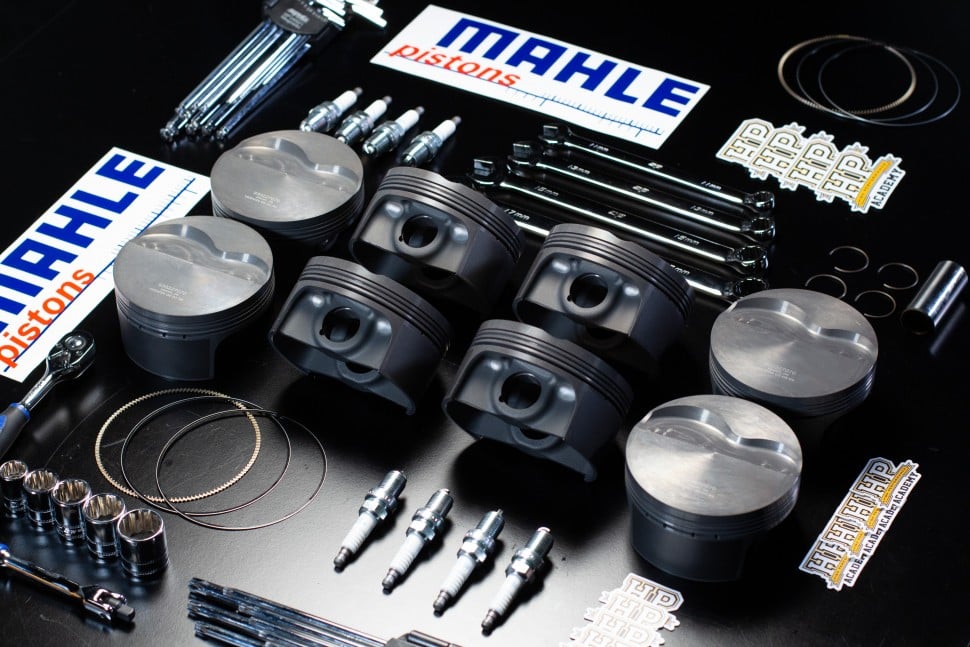| 00:00 |
With all the groundwork laid, it's time to get ready to tune.
|
| 00:02 |
First, let's determine goals and expectations.
|
| 00:06 |
If we're the tuner, owner, and the driver of the vehicle in question, then this is pretty straightforward.
|
| 00:12 |
If we're tuning for someone else though, then I highly recommend having a detailed discussion with the owner and the driver before scheduling an appointment for tuning.
|
| 00:22 |
Three key questions I suggest asking are, what do you like about the current tune? Second, what don't you like about it? And third, what do you want to change? While those questions might seem repetitive, generally they bring out additional insight we wouldn't otherwise receive if we only ask someone how they would like the transmission tuned or if there's anything they'd like to change.
|
| 00:47 |
Whether it's our own vehicle or someone else's, we need to gather information on how the vehicle will be used, what components are present, what the limitations of those components are, and whether there are any known issues at this time.
|
| 01:03 |
As we consider these limits, we need to remember that any system is only as strong as its weakest link.
|
| 01:11 |
That could be the engine, transmission, or a part in the rest of the drivetrain, including the driveshaft, axles, joints, differentials, and more.
|
| 01:21 |
When we know the maximum torque we can apply to the weakest link, we can plan the calibration and torque limits accordingly.
|
| 01:29 |
Since transmission tuning is linked with engine tuning, we need to find out if the engine tune can provide the torque management the drivetrain will require.
|
| 01:39 |
In some cases, no torque management is present in the ECU, so we as the tuner become the torque management.
|
| 01:47 |
That means we either verify the existing tune isn't making too much torque for the drivetrain by testing on a dyno, or we alter the engine tune until the drivetrain can handle it.
|
| 01:59 |
Next, I suggest reviewing the TCM tuning software we'll be using and the ECU software as well in case we need to make changes there.
|
| 02:09 |
Based on the goals and expectations determined, you can now make sure you have the tools required for the job at hand.
|
| 02:17 |
For example, if you want torque limiting applied in certain conditions, but not others, but the TCM software for a vehicle cannot do that, it's best to know up front.
|
| 02:29 |
If you're tuning a vehicle for someone else and any of their desires or goals are unachievable, I suggest the following instead of scheduling tuning.
|
| 02:37 |
First, describe the limitations of what's possible and why.
|
| 02:42 |
Be informative and use language that shows you're trying to help rather than saying no to what they wanted.
|
| 02:50 |
After that, present possible alternative goals and solutions, like upgrades, which would make their goals achievable, for example.
|
| 02:58 |
At the end of the conversation, I suggest confirming everyone's expectations are now aligned and achievable.
|
| 03:06 |
If everyone isn't in agreement, it's unlikely the result will be positive.
|
| 03:11 |
After hopefully coming to an understanding of what's possible and potential risks, we can move on to a pre-tuning checklist.
|
| 03:18 |
Much like we wouldn't want to tune an engine with ancient oil or spark plugs in it, it's important to make sure the transmission and gear fluids aren't too old.
|
| 03:28 |
We should also check that the fluids are the appropriate type, meet the appropriate standards, and are the correct weight and quality needed for the project.
|
| 03:37 |
It's also crucial to confirm we have the cables, dongles, software, credits, or licenses, etc.
|
| 03:44 |
That we'll need to execute the tune, and once that's done, we'll be ready to schedule it.
|
| 03:49 |
If you want to dive deeper into pre-dyno checks, take a look at the more in-depth webinar on that subject that's linked at the bottom of this module.
|
| 03:58 |
In summary, being prepared and handling these sometimes difficult questions and conversations ahead of time sets you up to focus purely on the tuning when the time comes.
|
| 04:10 |
It also helps discover things that potentially need resolved before tuning, rather than getting into the tune and having to stop midstream.
|
| 04:19 |
As with most things, preparation doesn't ensure success, but it sure improves our chances.
|
| 04:25 |
Now, that we have all the background knowledge and are fully prepared to get underway, let's do it by jumping into the tuning process section of the course coming up next.
|





